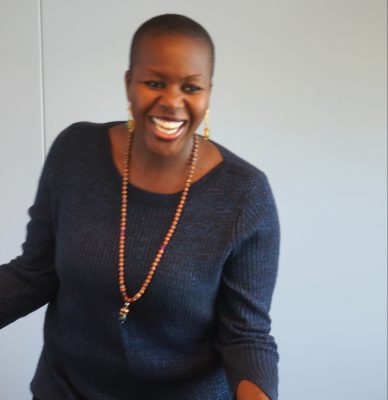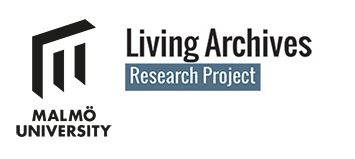
Art Historian and Postdoc researcher on the Living Archives Research Project.
For over ten years I have explored the historical representation of African people in the West, in order to understand how visible differences impact social, cultural and political recognition. Much of my academic research has been on early caricatures and popular printed images, made during the era of transatlantic slavery and its abolition. These visual texts are important because they have served as a crucial form of propaganda, inscribing some of our deepest stereotypes and ethnic notions. But images are only one part of a bigger picture, and at the heart of my work is essentially a quest for story: digging for voices, memories and traces that help to reinstate the subjecthood – that necessary “I am” – so often denied to those who are marginalised or forgotten. This is how I have managed to collaborate openly across disciplines, finding voice in artefacts, maps, buildings, code, and even in the molecules of genes.
I contribute to the Performing Memory strand of Living Archives through a suite of research interventions under the title Close Contact. Primarily I am using Augmented Reality (AR) experimentally as a tool for interfering with colonial amnesia. In collaboration with project members we are developing curated interventions with device-based technologies that assist in time travel and expose what is either hidden or silent. I am also interested in the effects of entering archives for researchers who work with challenging material, and thus developing a reflective soundscape project to capture these untold stories.
My Yoruba cultural heritage is one that is entrenched with archiving rituals that begin with the songs of the elders who welcome your birth, narrate your family lineage, and imbibe the secrets of your destiny through a deeply considered name. Even before you can speak you are subtly cognizant of an embodied and dynamic relationship to a larger cultural schema. In this way I consider archiving as a holistic narrative method for linking people to place and memory, using old connections or forging new ones, through a series of practices and gestures supported by a duty of care.



